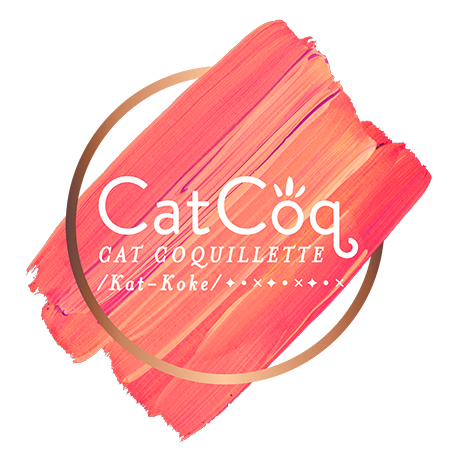Designing a Pattern: Which Motifs to Choose for Surface Design
When you’re designing a pattern for surface design, it’s important to be strategic about the motif you choose. I’ll share why it’s important plus three tips for choosing top-selling motifs for your surface design portfolio in this post.
But first, what is surface design? Surface design simply means designing art that will be printed on surfaces like wallpaper, fabric, home decor, clothing, stationery, and more. This is a fabulous way to make an income as an artist, and in this blog post you’ll learn how to maximize your potential sales by choosing strategic motifs.
Lots of products in the surface design world require repeat patterns or seamless patterns. This means that your pattern can be stacked on itself and repeated infinitely for large-scale products like wallpaper and fabric. Check out this blog post to learn more about how to make a seamless pattern!
Now let’s dive into my three tips for choosing pattern motifs for surface design!
Tip #1: Key into trends
Consumers make purchasing decisions based on trends, which is why it’s so important to have a pulse on what’s popular when designing a pattern for surface design. If you want your pattern to get licensed and sold, it’s important for your client to know that the pattern has the potential to be a strong seller.
The thing that makes trends so lucrative for brands is that they almost always end up being mass-produced. More products being purchased = more sales for your clients and more royalties for you! 💰
Trend forecasting is all about observation. You can learn my top tips for trend forecasting in this blog post.
I also put together a trend report every year with my take on what’s trending. You can download it for free below!
Once you’ve identified some trends that work with your style and voice, it’s time to turn them into patterns! Here’s an example of a trend-forward mushroom pattern I designed that got picked up for art licensing because of the trendy motif I chose!
Tip #2: Think about the products you’re designing for
My second tip is to think about the types of products you want to see your artwork on. Then do some research to see what kinds of motifs are popular in that space.
For example, if you want to design patterns for baby clothes and nursery bedding, you might want to design patterns with things like animals, hot air balloons, rainbows, and other popular children’s motifs.
If you want to design patterns for wallpaper, you might stick to floral designs and neutral color palettes.
At the end of the day, it’s about determining who your ideal customer is and what kinds of products you want to sell. Then observe what kinds of motifs are popular with those people and in those categories by researching what’s being sold right now. This will help you choose strategic pattern motifs for your surface design portfolio.
Tip #3: When in doubt, start with florals!
Florals are one of my go-to’s when I’m designing patterns. And it’s not just because they’re pretty and fun to draw. They’re actually extremely strategic when it comes to selling your work.
Florals are an evergreen trend, which means that they’re always in style. Clients are constantly looking for floral art because it’s neutral enough to have mass appeal.
Another bonus is that floral art works on a wide range of surface design applications. Florals work well on everything from bedding to stationary to home decor to gifting products and everything in between. The more products your artwork is applicable for, the more chances you have of getting that artwork licensed and sold on products.
Note that home decor is a HUGE category for florals, so if you’re interested in licensing your work on products like wallpaper, throw pillows, and bedding, you’ll definitely want to have some floral collections!
The other big plus about designing floral patterns is that you have infinite possibilities when it comes to the style and depiction of those florals. For example, my portfolio includes literally hundreds of floral patterns across all media and styles.
I’ve done bold and graphic floral shapes, dainty and feminine florals, holiday flowers like poinsettias, retro-inspired groovy florals, watercolor floral patterns, Procreate floral patterns, and more.
You’ll never run out of ways to create floral patterns which is why they’re still one of my favorite things to create even after a decade in the industry.
✨ Bonus Tip ✨
To get a really lush and full seamless pattern, design your elements in three main sizes, a hero, medium elements, and filler elements. This ensures that you’re able to create a pattern that fits together well and has a lot of cohesion and movement.
I have a whole blog post about how to design elements for seamless patterns if you want to dive into more juicy surface design tips. Read that one next by clicking here!




















